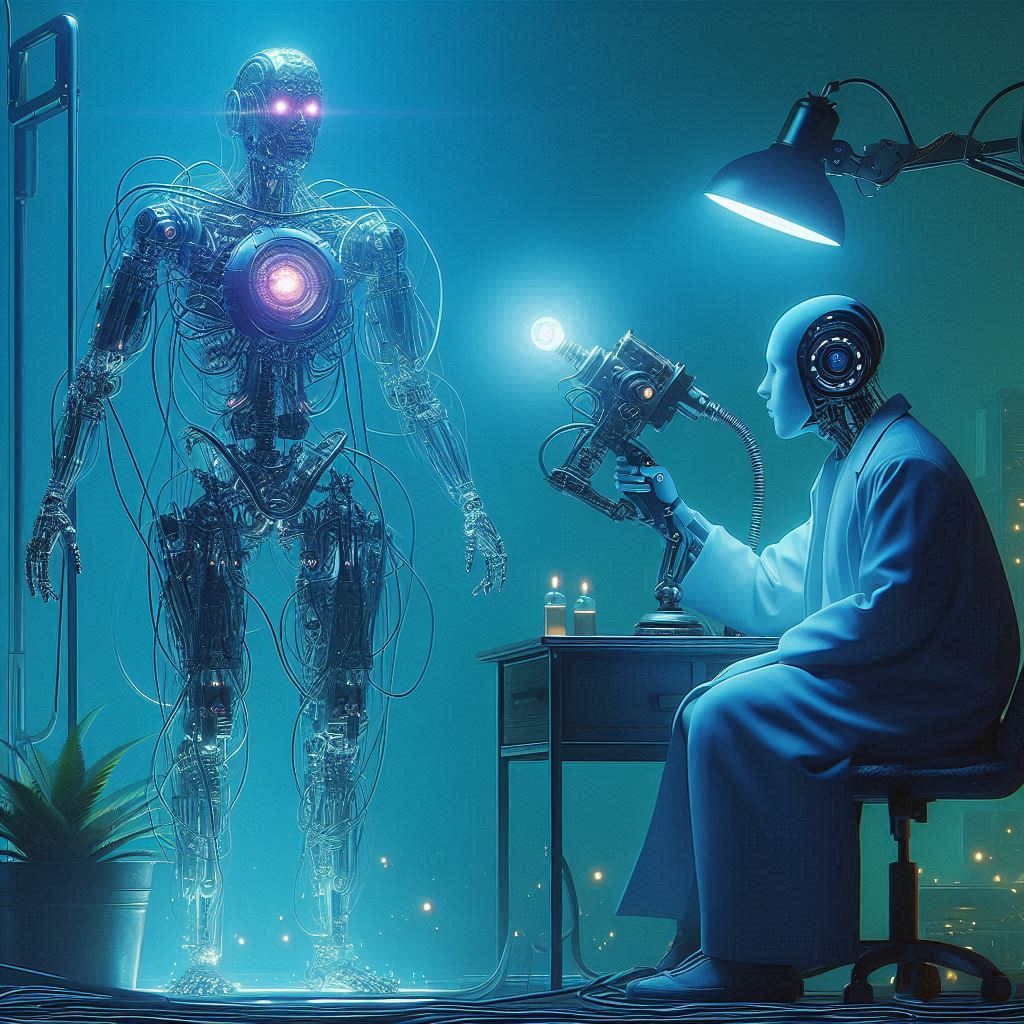
As artificial intelligence (AI) and robotics advance, they increasingly exhibit human-like capabilities. This similarity can lead users to attribute human feelings and experiences to AI and robots, a phenomenon known as the "uncanny valley." This eerie feeling towards human-like robots has been a subject of extensive research.
Karl F. MacDorman, from the Luddy School of Informatics, Computing, and Engineering in Indiana, has been studying this eerie feeling towards robots. In his recent paper published in Computers in Human Behavior: Artificial Humans, he explored the "mind perception" theory. This theory suggests that people find human-like robots eerie because they attribute minds to these robots.
Large language models (LLMs) like ChatGPT, which are sophisticated natural language processing models, can generate responses that resemble human communication. Their ability to communicate in human-like ways makes them susceptible to being perceived as sentient beings, adding to the uncanny feeling.
A 2012 study from Harvard University and the University of North Carolina explored the uncanny valley, focusing on the unnerving nature of human-like robots. MacDorman was initially skeptical of the "mind perception" theory and aimed to further investigate its validity.
MacDorman's recent paper aimed to identify potential flaws in previous experiments supporting the mind perception theory. He found that when robots described as capable of sensing and feeling were physically present or represented in videos, they were perceived as less eerie.
His experiments also compared participants' perceptions of robots based on their beliefs about robot sentience. Contrary to the mind perception theory, participants who believed robots could be sentient did not necessarily find them eerier due to their human resemblance.
MacDorman's findings suggest that the uncanny valley may not be linked to mind perception but rather to automatic and stimulus-driven perceptual processes. While attributions of mind can play a role in perceptions of robots, they are not the primary cause of the uncanny valley effect.
MacDorman emphasized the need for more research to explore the relationship between attributions of mind and perceptions of robots. He suggested that perceiving a mind in a robot that already looks creepy can amplify the eerie feeling, while perceiving a mind in a robot that looks nearly human can reduce this feeling.
Overall, MacDorman's research provides valuable insights into the perception of AI and robots, contributing to our understanding of the uncanny valley and informing the development of future AI systems.